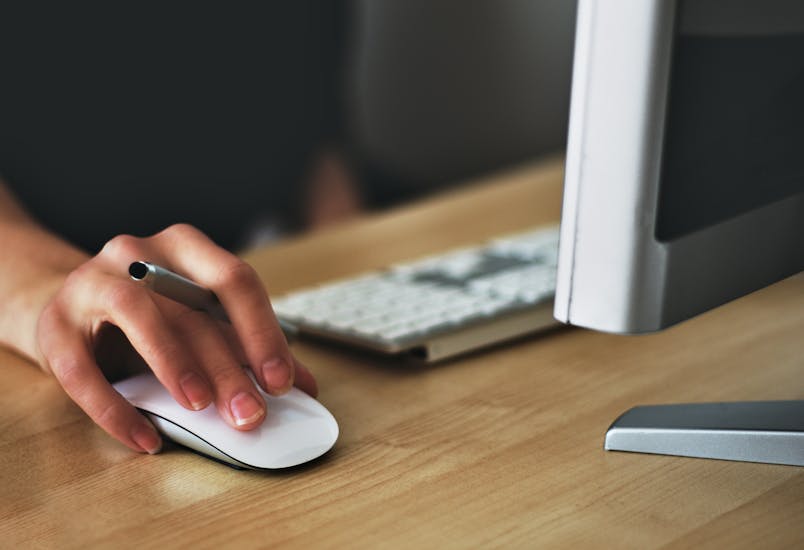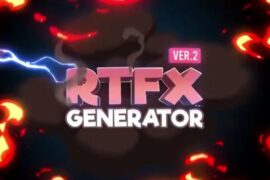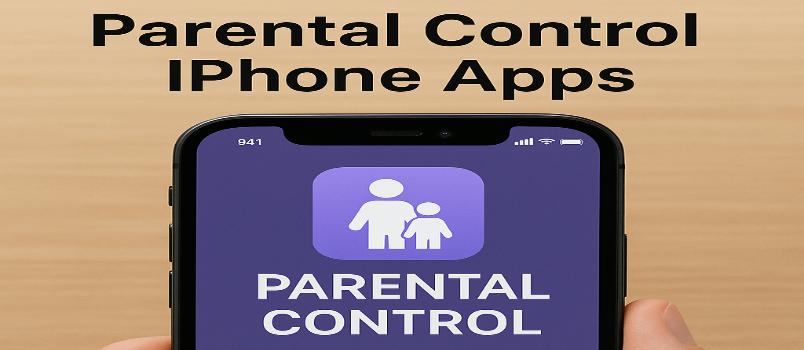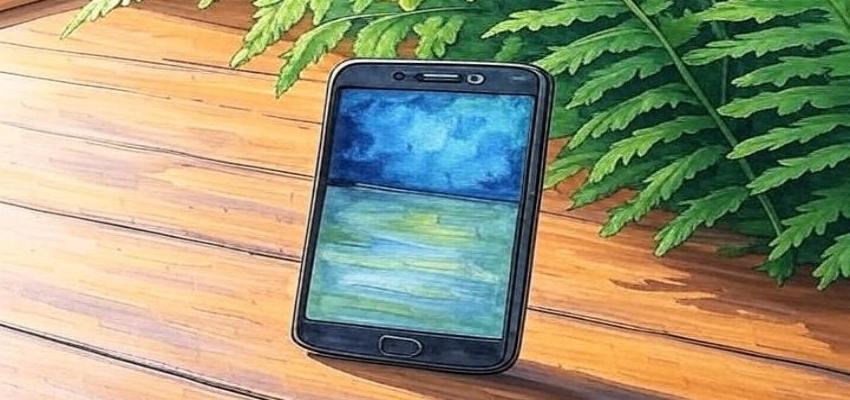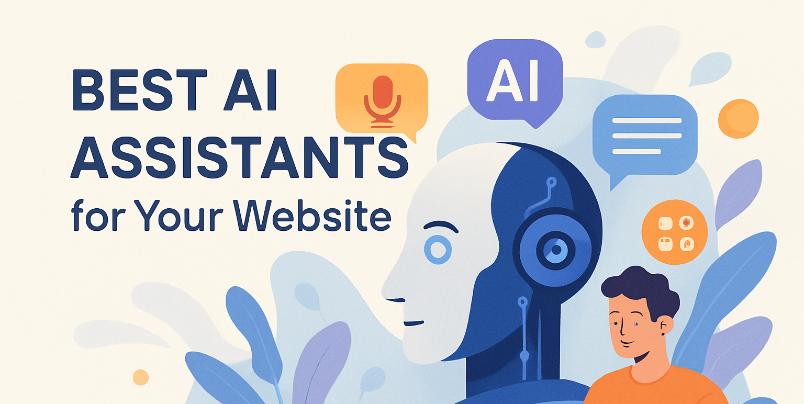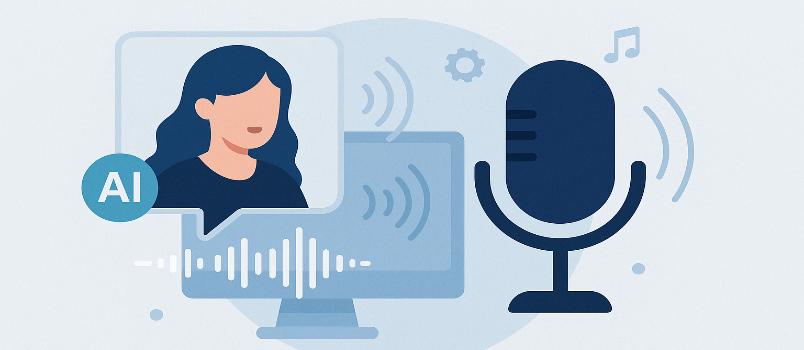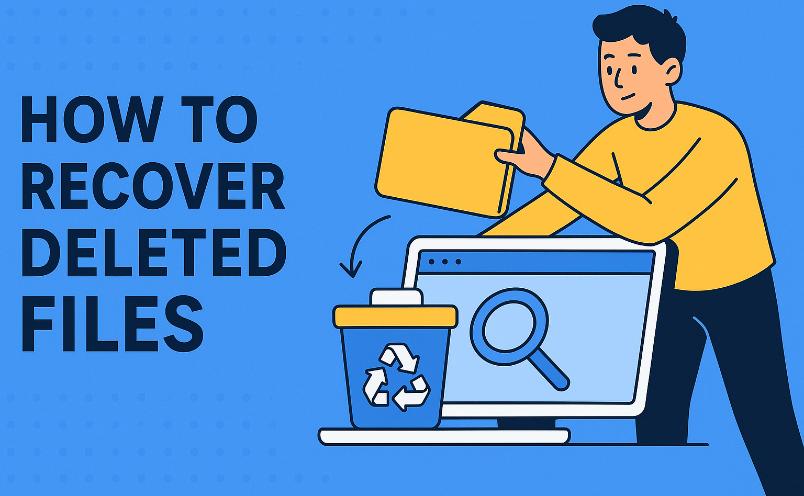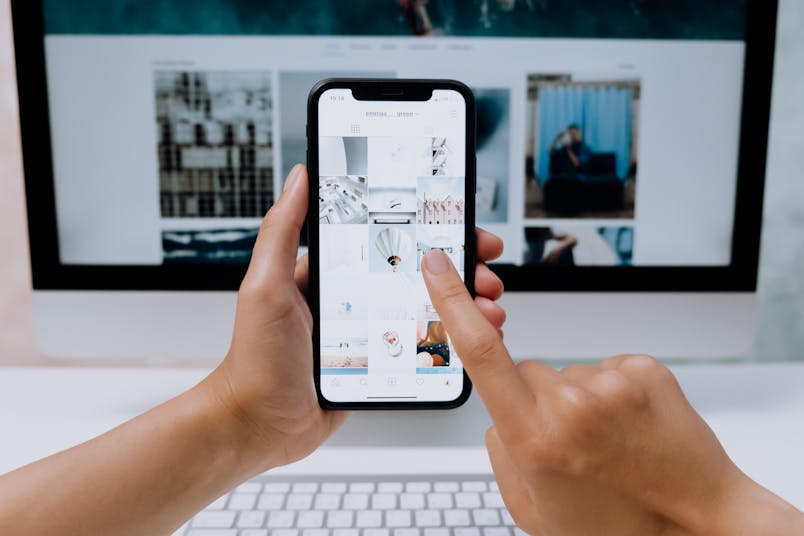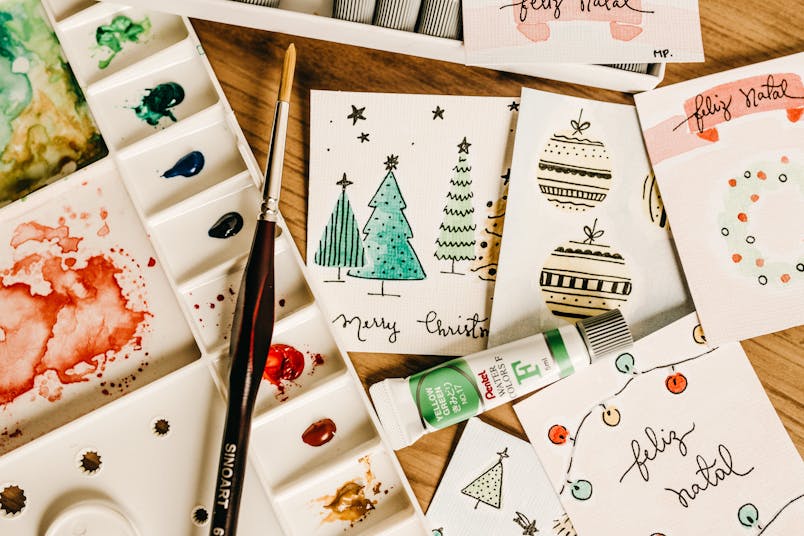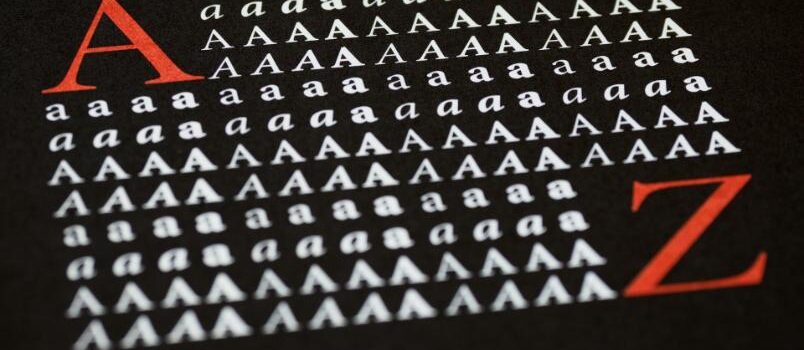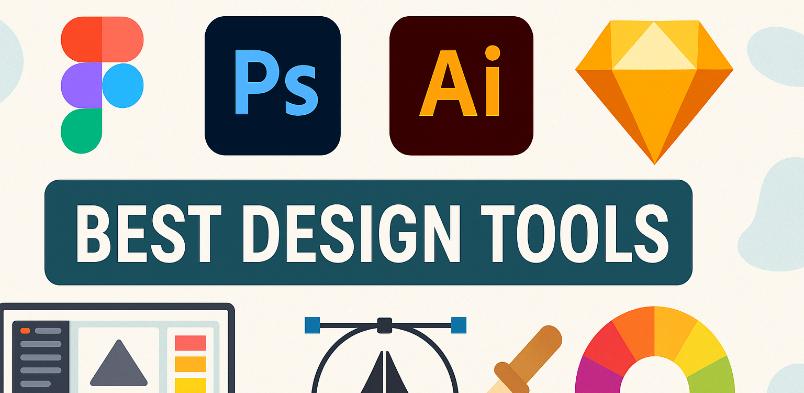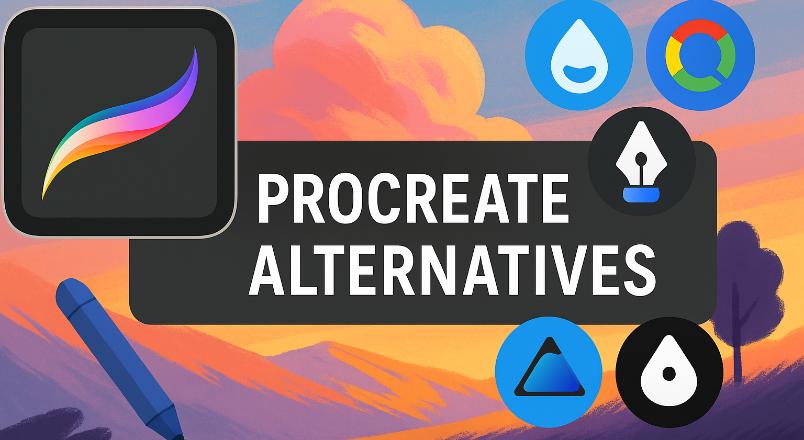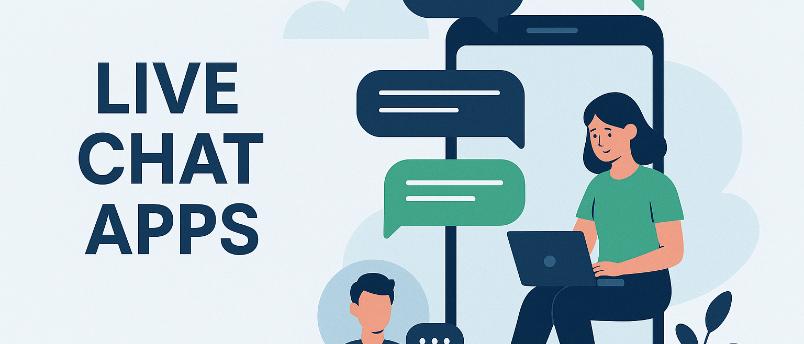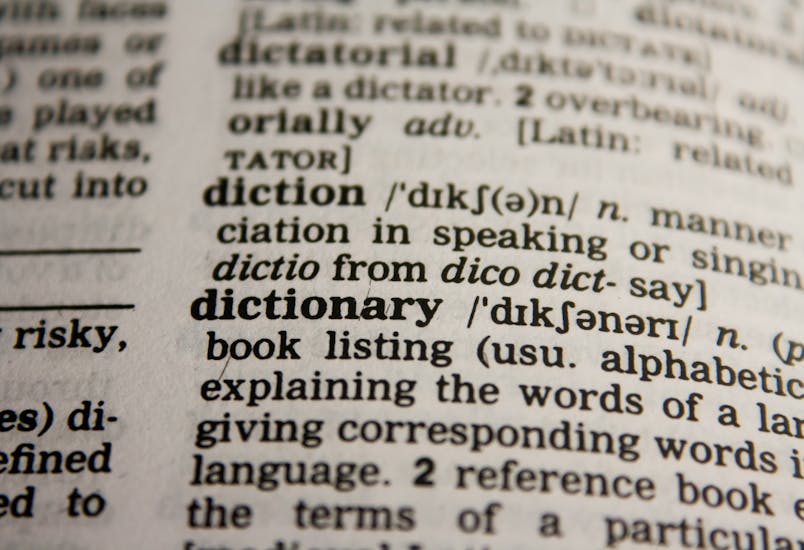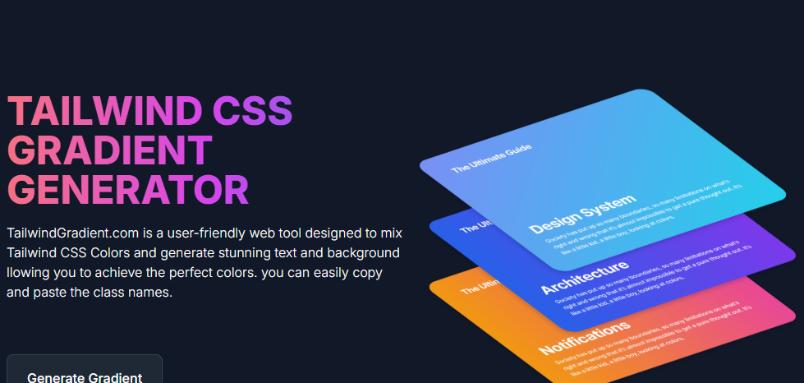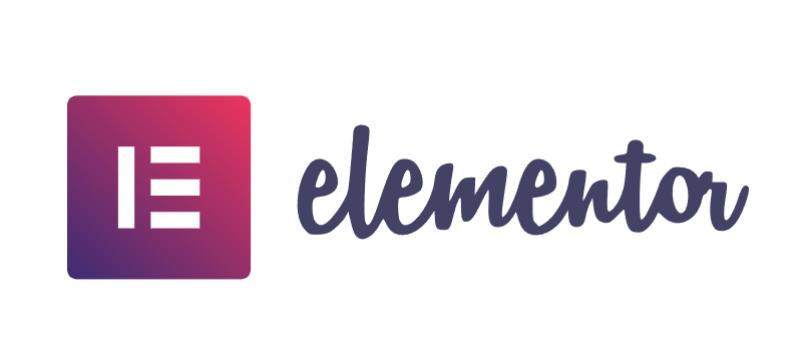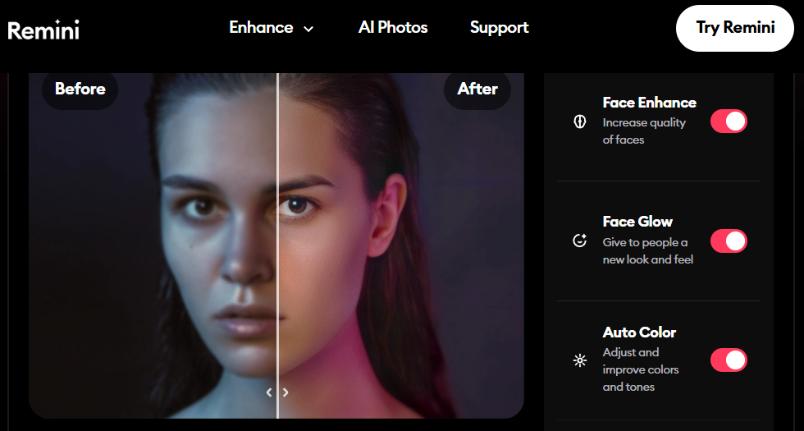Graphic design has become an increasingly vital skill in our visually driven world. Whether for marketing, personal projects, or social media, the ability to create appealing visuals can significantly enhance communication and engagement. Fortunately, there are numerous resources available that cater to both novice and professional designers without a hefty price tag. In this article, I will share my personal journey into graphic design and spotlight some of the best free graphic design tools and resources that I have come to rely on. From intuitive design software to vast libraries of stock images, this exploration aims to help you find the right tools to elevate your creative endeavors.
My Journey into Graphic Design
Initial Motivation and Curiosity
My foray into graphic design began with a fascination for visual storytelling and an innate desire to express ideas creatively. Initially, I tinkered with various projects, from creating social media graphics for friends to designing posters for local events. The thrill of turning a simple concept into a visually appealing design was intoxicating. However, I soon realized that my skills were limited, and I needed the right tools to take my designs to the next level. This realization set me on a quest to find resources that would allow me to explore graphic design without overwhelming costs.
Challenges Faced as a Beginner
Every beginner faces challenges when learning a new skill, and graphic design was no exception for me. The plethora of design software options was daunting, and I often felt lost in the technical jargon and capabilities of each tool. Moreover, I struggled with finding high-quality resources that didn’t require a financial investment. It was essential to identify tools that were not only free but also user-friendly, allowing me to focus on developing my creative skills rather than becoming bogged down by complexity. Through research and experimentation, I began to compile a list of invaluable tools that would eventually guide my journey.
Top Graphic Design Tools

Canva: User-Friendly and Versatile
Canva has become a staple for many graphic designers, both amateur and professional. Its user-friendly interface makes it accessible to everyone, regardless of experience level. With an extensive library of templates for various projects—ranging from social media posts to presentations—Canva provides a fantastic starting point for those looking to create visually appealing designs quickly. The drag-and-drop feature allows users to customize designs effortlessly, making it easy to experiment with different layouts and elements.
Additionally, Canva offers a free tier that includes numerous design elements, fonts, and images. For those seeking more options, the Canva Pro subscription unlocks more advanced features, but the free version is more than sufficient for beginners. The community and support resources also help users navigate any challenges they may face, further solidifying Canva’s position as a go-to tool for graphic design.
GIMP: The Open-Source Alternative
For those seeking a powerful alternative to Adobe Photoshop, GIMP (GNU Image Manipulation Program) stands out as an open-source solution. This free software provides a robust set of features, including advanced photo editing capabilities, layer support, and various plugins. GIMP’s interface may take some time to master, but its capabilities rival those of expensive software. As I delved deeper into graphic design, GIMP allowed me to manipulate images and create intricate designs without the financial burden.
The active community surrounding GIMP also offers a wealth of tutorials and forums where users can seek help and share their projects. As a beginner, I found this supportive environment invaluable, as it encouraged me to explore the software’s capabilities and grow my design skills.
Inkscape: Vector Graphics Made Easy
Inkscape is another excellent free tool, particularly for those interested in vector graphics. Its open-source nature makes it a popular choice for graphic designers who require the ability to create scalable vector images. The software’s clean interface and intuitive tools allow users to draw shapes, create paths, and manipulate objects easily. Over time, I found that Inkscape was perfect for crafting logos, icons, and illustrations that needed to be resized without losing quality.
Moreover, Inkscape supports various file formats, making it easy to collaborate with others who may be using different software. The library of tutorials available online further supports new users, providing step-by-step guidance on various techniques and features. This resourcefulness has made Inkscape a crucial element in my graphic design toolkit.
Corel Vector: Intuitive Interface
Corel Vector is a free design application that operates smoothly in web browsers, making it accessible from anywhere. With a clean and intuitive interface, Corel Vector offers many features suitable for creating vector graphics, web designs, and even simple animations. I was particularly impressed by its cross-platform functionality, allowing me to switch between devices while ensuring my work remained intact.
The platform’s collaborative features further enhance the user experience, making it easy to share designs with peers for feedback or joint projects. As someone who values collaboration in the creative process, Corel Vector quickly became one of my favorite tools. The availability of tutorials and resources has also helped me explore the full potential of this software.
Pixlr: Quick and Accessible Editing
When I needed a quick and straightforward solution for photo editing, Pixlr became my go-to tool. This online photo editor provides a range of features for enhancing and retouching images, making it an excellent choice for social media graphics or quick design tasks. With both Pixlr X (for beginners) and Pixlr E (for more advanced users), the platform caters to various skill levels and needs.
Pixlr operates directly in the browser, eliminating the need for downloads, which adds to its convenience. I appreciated the ability to perform essential edits, such as cropping, resizing, and applying filters with ease. The accessibility of Pixlr has made it an indispensable part of my graphic design workflow, especially when I’m short on time.
Favorite Websites for Design Resources
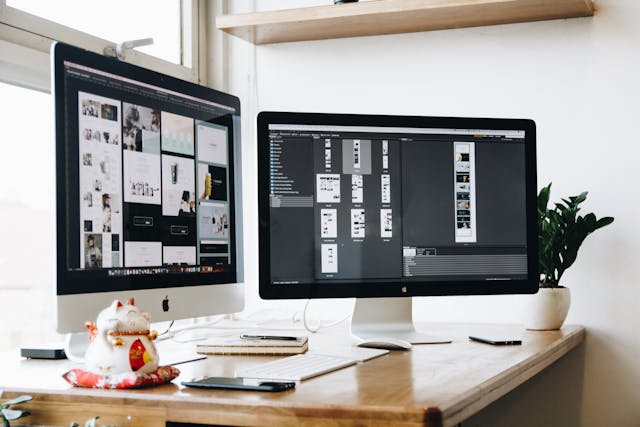
Unsplash: High-Quality Stock Photos
Unsplash is a treasure trove of high-resolution photos available for free. Its extensive library covers a wide array of subjects, making it easy to find images that complement any project. The quality of photographs on Unsplash is consistently impressive, often rivaling paid stock photo sites. As I explored graphic design, I found that incorporating stunning imagery greatly enhanced my work’s visual impact.
The website’s user-friendly search feature and curated collections make it simple to discover new images based on themes or topics. Additionally, Unsplash’s licensing allows for both personal and commercial use without the need for attribution, which is a significant advantage for designers looking for flexibility in their projects.
Pexels: Free Images and Videos
Pexels is another exceptional resource for free stock photography and videos. Like Unsplash, Pexels offers a vast collection of high-quality images that can be used freely for any purpose. The platform also excels in its video offerings, providing short clips that can be particularly useful for digital projects. In my journey, I found Pexels to be a reliable source for engaging visuals that added depth to my designs.
The ability to filter results by orientation, color, and more enhances the user experience, allowing for quick and effective searches. The community-driven aspect of Pexels, where users can contribute their work, also fosters a sense of collaboration and sharing among creatives.
Freepik: Vectors and Illustrations Galore
Freepik stands out as a fantastic resource for free vectors and illustrations. The platform hosts a massive library of design assets, including icons, templates, and decorative elements that can be easily integrated into various projects. My reliance on Freepik has grown as I discovered how these assets could streamline my design process and enhance the quality of my work.
While Freepik offers a premium subscription for additional features, the free tier provides ample resources to get started. The search functionality allows users to find specific elements quickly, and the diverse range of styles ensures that there is something for every designer. I found that leveraging Freepik’s assets saved me time and allowed me to focus on the creative aspects of my projects.
Behance: Inspiration and Community
Behance serves as both a platform for showcasing creative work and a source of inspiration for designers. As I explored graphic design, I turned to Behance to discover the latest trends, innovative projects, and groundbreaking designs from talented artists worldwide. The ability to follow specific creators and receive updates on their work has nurtured my appreciation for the diverse styles and approaches within the graphic design community.
Additionally, Behance fosters networking opportunities among creatives, allowing users to connect, collaborate, and gain feedback on their work. This sense of community has encouraged me to share my projects openly and engage with others in the industry, significantly enriching my learning experience.
Dribbble: Showcasing Creative Work
Dribbble is another excellent platform for designers to showcase their work and connect with others in the creative field. The site’s emphasis on visual content makes it a compelling space to discover and share designs, from user interface projects to branding concepts. I often found myself browsing Dribbble for inspiration, as the quality of work presented motivates me to push my creative boundaries.
The interactive nature of Dribbble encourages feedback and collaboration, allowing users to comment on and appreciate each other’s work. This engagement has helped cultivate a supportive environment that fosters growth and learning. For anyone looking to immerse themselves in the graphic design community, Dribbble is an invaluable resource.
Online Courses and Tutorials

Coursera: Learning from Experts
Coursera offers a plethora of online courses covering various aspects of graphic design, taught by industry experts and renowned universities. My experience with Coursera has been immensely beneficial, as I have taken courses that delve into design principles, typography, and digital illustration. The structured learning format, paired with video lectures and hands-on projects, has allowed me to develop a solid foundation in graphic design.
Furthermore, Coursera provides the option to earn certificates upon course completion, which can be valuable for enhancing one’s resume or portfolio. The variety of courses available caters to different skill levels, ensuring that both beginners and seasoned designers can find valuable content to enhance their knowledge and skills.
YouTube: A Treasure Trove of Knowledge
YouTube has emerged as an invaluable resource for graphic designers seeking free tutorials and tips. The platform is home to countless channels dedicated to design, offering insight into various software, techniques, and trends. I have spent hours exploring tutorials on everything from basic tools to advanced editing techniques, allowing me to learn at my own pace.
The diversity of content available on YouTube means that you can find instructional videos for virtually any aspect of graphic design. Whether you’re looking for quick tips or in-depth tutorials, YouTube is an excellent resource that has played a significant role in my development as a designer.
Skillshare: Classes for All Skill Levels
Skillshare is a subscription-based platform that offers a wide range of creative classes, including graphic design. I appreciate the emphasis on project-based learning, as many courses encourage students to apply what they’ve learned through practical assignments. This hands-on approach fosters a deeper understanding of design concepts and techniques.
The variety of classes available means that learners can explore different areas of graphic design, from branding to digital illustration. Skillshare’s community aspect also allows for peer feedback, which adds an additional layer of support as you progress through your design journey. While Skillshare does require a subscription, they often offer free trials, making it an accessible option for those looking to learn.
Conclusion
In my exploration of graphic design, I have discovered numerous free tools and resources that have significantly enhanced my skills and creative output. From user-friendly design software like Canva and GIMP to invaluable resource sites such as Unsplash and Freepik, each tool has played a unique role in my journey. As a beginner, I faced challenges, but the wealth of knowledge available online and the supportive communities I found helped me overcome obstacles and thrive in my creative pursuits.
Whether you’re just starting or looking to refine your skills, I encourage you to explore these tools and resources. Embrace the creative process, experiment with different techniques, and don’t hesitate to seek inspiration from the vast community of designers. Graphic design is a journey that evolves with practice, and the resources listed here will undoubtedly aid you in your quest for creativity and self-expression.
FAQs
What is the best free graphic design tool for beginners?
Canva is often regarded as the best free tool for beginners due to its user-friendly interface and extensive library of templates.
Are there free resources for stock images?
Yes, websites like Unsplash and Pexels offer high-quality stock images for free, which can be used for personal and commercial projects.
How can I improve my graphic design skills?
Consider taking online courses on platforms like Coursera or Skillshare, engaging with tutorials on YouTube, and practicing regularly to develop your skills.
Is GIMP comparable to Photoshop?
GIMP is a powerful open-source alternative to Photoshop, offering many similar features for photo editing and design, but the interface may require an adjustment period.
What is the purpose of Behance and Dribbble?
Behance and Dribbble are platforms for designers to showcase their work, gain inspiration, and connect with other creatives in the industry.

